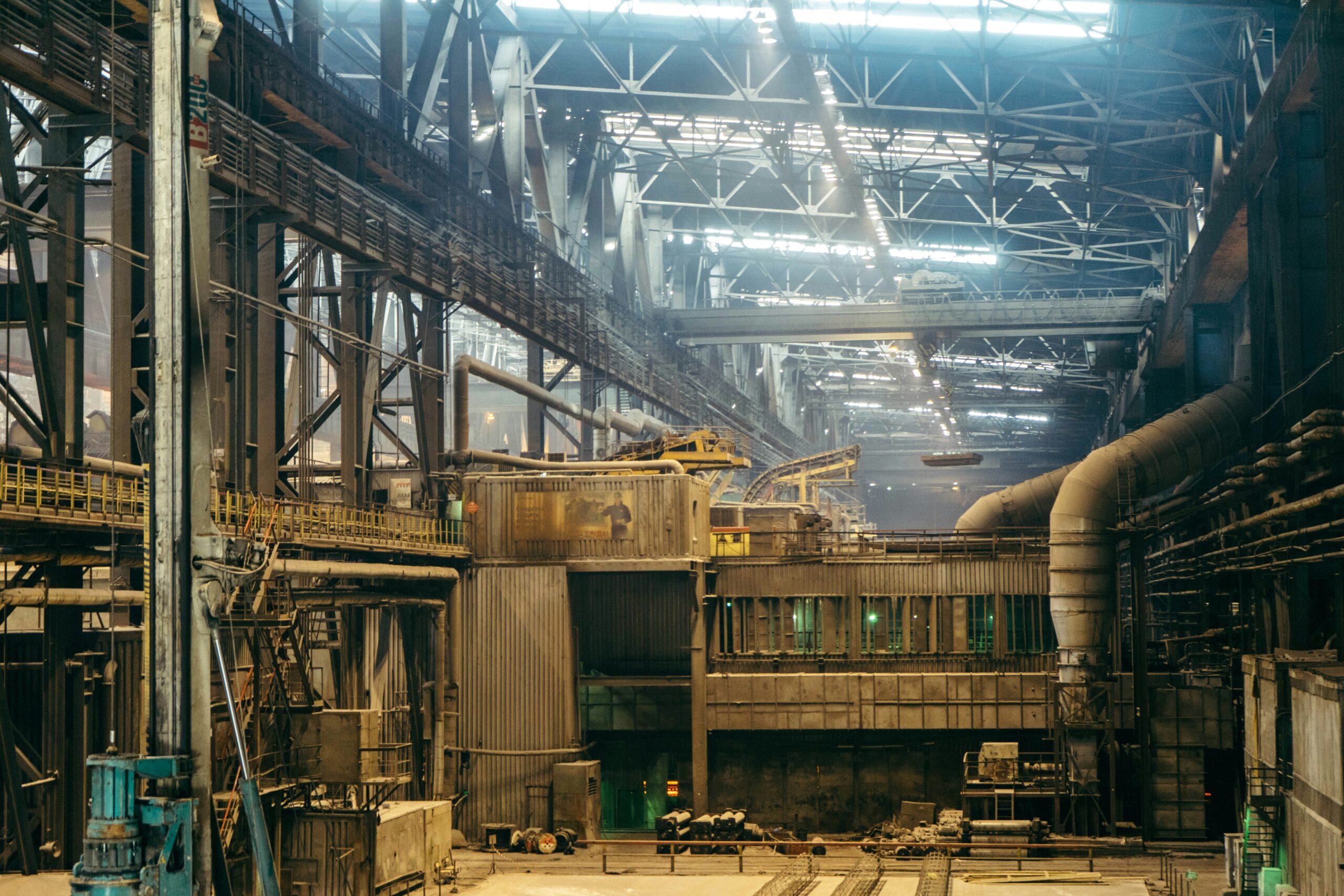
The Sim Corder/Harrison Mill was a pivotal player in the early stages of America’s Industrial Revolution. Its contribution to technological advancements, economic growth, and the development of the nation’s manufacturing infrastructure shaped the path for the United States to become a global industrial powerhouse. This article examines the mill’s pivotal role in the industrialization process, exploring how it influenced manufacturing practices, regional economies, and the adoption of new technologies that would shape American industry in the 19th century.
The Foundation of the Sim Corder/Harrison Mill
The Sim Corder/Harrison Mill was established during a time of significant transformation in the United States. At the turn of the 19th century, the country was experiencing a shift from agricultural dependence to industrial production. The mill was strategically located near a water source, allowing it to harness water power —a common energy source for mills in that era. Initially, the mill focused on basic tasks, such as grinding grain, but as demand for manufactured goods increased, it quickly diversified its operations.
As the mill grew, it expanded into other manufacturing sectors, including textiles. This diversification was crucial to the mill’s success, as it enabled the facility to meet the increasing demands of a growing industrial economy. The Sim Corder/Harrison Mill quickly gained prominence in the region, becoming one of the leading mills in the area and establishing itself as a key player in the broader American industrial movement.
Early Technological Breakthroughs at the Mill
A significant part of the mill’s success was its ability to innovate and adopt new technologies. During its early years, the Sim Corder/Harrison Mill utilized water wheels to power its machinery; however, as the Industrial Revolution advanced, so did the mill’s technology. The mill was one of the first in the area to integrate steam power into its operations. By replacing water wheels with steam engines, the mill increased its efficiency and production capacity, enabling it to keep pace with the growing demand for goods.
Additionally, the mill embraced new manufacturing methods, including the use of spinning machines and power looms, which revolutionized the textile industry. These technologies enabled the mill to produce goods more quickly and efficiently, reducing reliance on manual labor and setting a new standard for manufacturing in the United States. The Sim Corder/Harrison Mill’s adoption of steam power and mechanization helped lay the groundwork for the larger-scale industrialization that would follow.
Economic Impact and Regional Development
The Sim Corder/Harrison Mill’s influence extended beyond its technological contributions—it had a profound impact on the local economy. As the mill grew, it created jobs for a wide range of workers. Skilled laborers, machinists, and unskilled laborers alike found employment at the mill, making it one of the largest employers in the region. This influx of workers contributed to the growth of surrounding towns, which saw the emergence of new businesses, housing developments, and infrastructure projects designed to support the mill’s workforce.
Furthermore, the mill played a crucial role in stimulating the agricultural economy. Its demand for raw materials, such as cotton, wool, and grain, led to increased production from local farms. This connection between agriculture and industry was essential for the region’s economic prosperity. The mill helped create a more diversified economy by providing a stable market for agricultural products and supporting local manufacturing, paving the way for other industries to grow in the area.
Challenges and the Mill’s Decline
Despite its early success, the Sim Corder/Harrison Mill faced challenges as industrialization continued to evolve. The rise of steam-powered machinery and the expansion of transportation networks, such as railroads, began to outpace the mill’s operations. While steam engines had revolutionized the mill’s efficiency, the reliance on water power and the limitations of its location became disadvantages as new technologies emerged.
In addition, larger mills that could harness the power of steam engines and more efficient transportation systems began to dominate the industrial landscape. These advancements made it difficult for smaller, water-powered mills, such as the Sim Corder/Harrison Mill, to stay competitive. By the end of the 19th century, the mill was no longer able to keep pace with the rapidly changing industrial environment and eventually ceased production.
The Lasting Legacy of the Sim Corder/Harrison Mill
Although the Sim Corder/Harrison Mill closed its doors in the late 1800s, its legacy continued to shape American industry. The mill’s early use of steam power and mechanized production methods set a precedent for large-scale industrial manufacturing. Many of the technological advancements introduced at the mill were adopted by other industries, furthering the development of American manufacturing.
Moreover, the economic impact of the Sim Corder/Harrison Mill helped transform the region from a rural, agrarian economy into a more industrialized and interconnected system. The mill’s role in providing jobs, stimulating agricultural production, and fostering economic growth cannot be overstated. It helped demonstrate how industrialization could drive economic prosperity, influencing future generations of industrialists and policymakers.
The legacy of the Sim Corder/Harrison Mill lives on as a symbol of the transformative power of innovation. Its role in the early stages of industrialization highlighted the importance of embracing technological change, which would continue to shape the future of manufacturing in the United States.
The Sim Corder/Harrison Mill was a vital part of early American industrialization. Through its adoption of steam power, mechanized production methods, and its influence on the regional economy, the mill helped shape the nation’s industrial future. While the mill no longer operates, its contributions to technological innovation, economic growth, and the development of manufacturing practices remain a defining moment in the history of American industry.